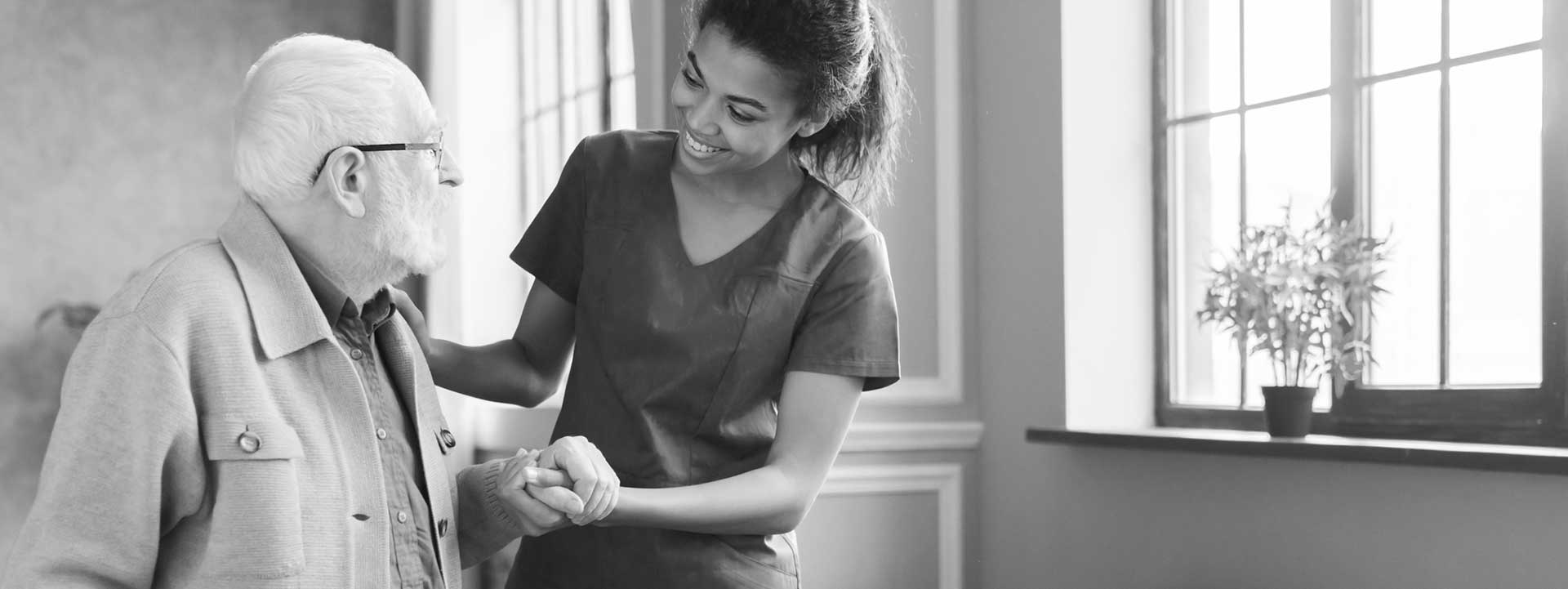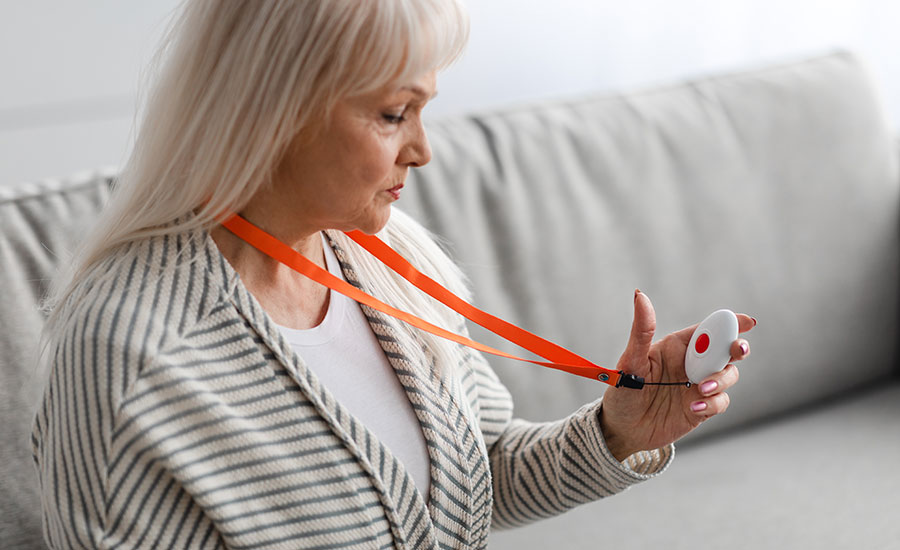Boosting Quality of Life with Low Vision

It is not uncommon to experience vision changes throughout your life. Many people find that as they age, the need glasses or contact lenses to help see clearly, and their prescription changes every few years. However, some people have low vision that is unable to be corrected with a pair of glasses. Causes of low vision include various eye disease such as glaucoma, cataracts, and age-related macular degeneration, as well as injury and birth defects.
However, there are ways to manage low vision and continue to live a happy and fulfilling life. You don’t have to let poor eyesight stand in your way of being independent and continuing to do things that you enjoy. Here are just a few ways to overcome some of the challenges of low vision:
- Improve lighting
It can be more difficult to see in poorly lit areas, so add additional lighting to parts of your home that you frequent or that are notoriously dark. Leave the blinds open during the day to bring in natural light as well. You may want to change up the type of lighting that you have in different rooms to better meet your needs.
- Decrease clutter
When you cannot see well, it is harder to navigate, even in familiar places. This becomes more dangerous when there are stacks of magazines on the floor, cords from lamps or electronics, or too much furniture. Take the time to straighten up and make sure that cords are secured out of the way, walkways through rooms are clear with no tripping hazards, furniture is effectively spaced, and there is nothing sticking out that could be harmful.
- Stay organized
In addition to removing clutter, develop a system for organization. It is easier to find what you need, even with low vision, when you always put things back in the same place. Have designated spots for commonly used items so you don’t have to spend time searching for them. This includes things like your purse or wallet, keys, and phone, so in an emergency you can quickly grab them.
- Create clear distinctions
A lot of people with low vision are able to see bright differences in colors, such as black against white, or dark blue against yellow. Put contrasting colored tape on the edge of countertops and steps to clearly show where they end. Use plates and silverware that can be seen against the tabletop or placemats. The same goes for towels in the bathroom. You can also add raised markings on different devices so you can feel where common settings or buttons are.
- Use vision aids
There are also a variety of assistive or adaptive devices that can be beneficial if you have low vision. These could include magnifiers, telescopic lenses, large print books or manuals, and computer software. You can also make use of talking devices that read or recite information aloud.
Don’t be afraid to ask for help either. You want to ensure that you are staying safe while still meeting all of your needs. If it is difficult to prepare food, organize your mail, read the newspaper, or do any number of other tasks, engaging the help of an in-home caregiver can be beneficial. A caregiver can provide the level of support you need, when you need it, to improve your quality of life while maintaining as much independence as possible. With some additional help, you can continue to do the things that you enjoy. Contact Always Best Care today at (855) 470-2273 to schedule a free consultation and learn more about available services.





